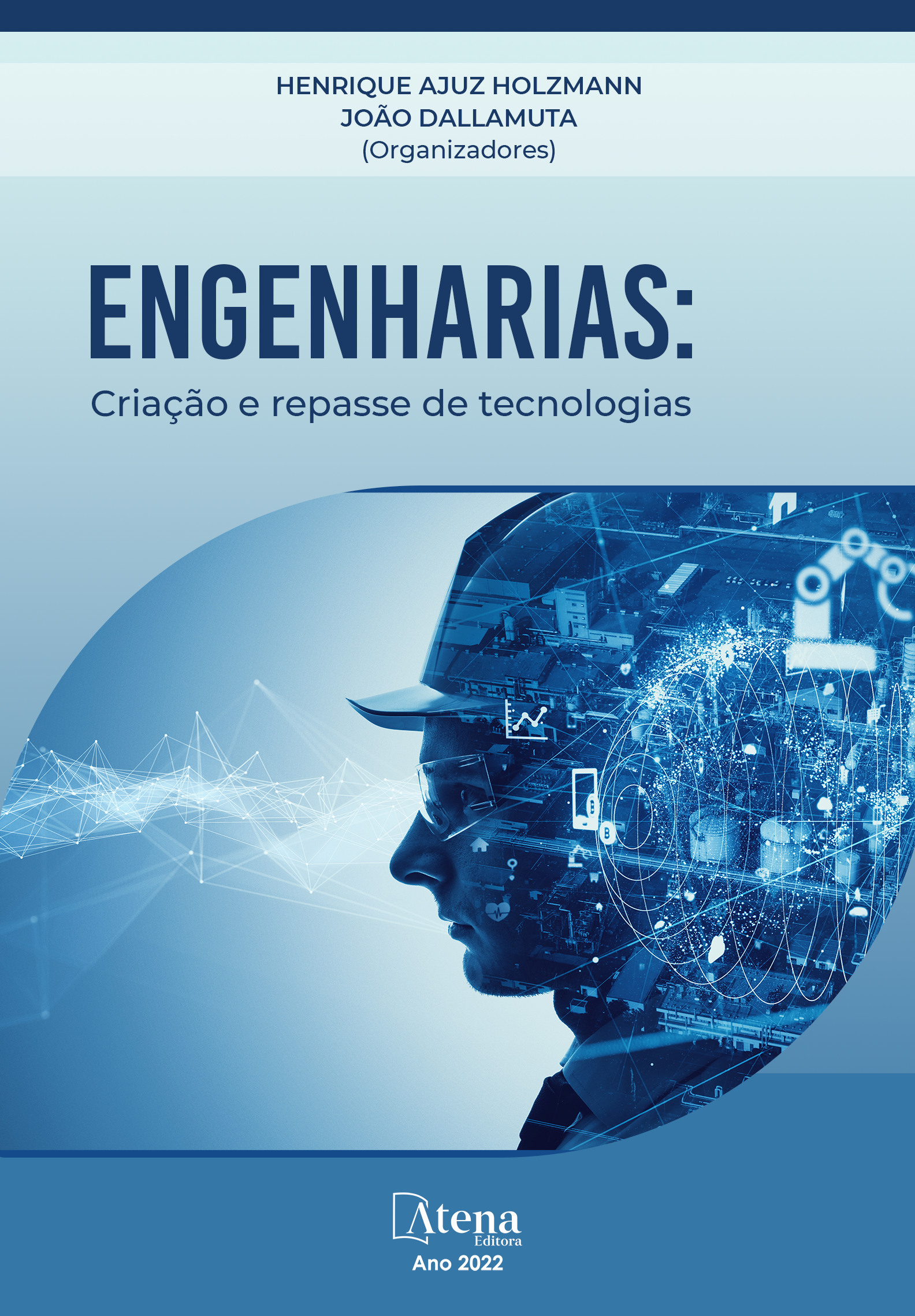
AVALIAÇÃO DA EFICIÊNCIA ENERGÉTICA NO USO DE LÂMPADAS UV-C EM SERPENTINAS DE RESFRIAMENTO
O propósito deste artigo é o de mensurar os efeitos de lâmpada UV-C nos equipamentos de refrigeração difundidos do Brasil. Especificamente em serpentinas de resfriamento para uso comercial (câmaras frias), onde serão apresentados os efeitos do uso de lâmpadas UV-C na eficiência energética dos equipamentos. Com a colocação da lâmpada melhorou em muito o rendimento de troca do aletado, devido a mudança de trajeto do ar, houve uma leve diminuição de vazão de ar (algo próximo de 3%). Em contra partida a limpeza do biofilme da serpentina melhorou a troca de calor. Os resultados da serpentina sem UV-C foram realizados após 04 dias de uso contínuo da lâmpada. O analisador de energia trifásico aferido mensurou um consumo um pouco maior que com a lâmpada, isto foi compensado pelo melhor rendimento, ou seja, COP foi de 13,5 %. É verdade que uma limpeza na serpentina teria um efeito melhor pelo fato de não gerar a perda de carga da lâmpada e o consumo de 15W dela. Mas enquanto a limpeza tem efeito mensal (ou anual), a lâmpada tem a possibilidade de efeito contínuo.
AVALIAÇÃO DA EFICIÊNCIA ENERGÉTICA NO USO DE LÂMPADAS UV-C EM SERPENTINAS DE RESFRIAMENTO
-
DOI: .10.22533/at.ed.39422280316
-
Palavras-chave: Lâmpada UV-C, Eficiência, Rendimento
-
Keywords: UV-C lamp, Efficiency, Yield
-
Abstract:
The purpose of this article is to measure the effects of UV-C lamp on diecasting refrigeration equipment in Brazil. Specifically in cooling coils for commercial use (cold rooms), where the effects of the use of UV-C lamps on the energy efficiency of the equipment will be presented. With the placement of the lamp greatly improved the exchange performance of the finned, due to change of air path, there was a slight decrease of air flow (something close to 3%), in contrast to the cleaning of the serpentine biofilm improved the (it is important to note that the results of the serpentine without UV-C were performed after 4 days of continuous use of the lamp, were the other tests were performed under the same conditions, due to the lower temperature in the procedure without the lamp, the measured three-phase energy analyzer measured a slightly higher consumption than without the lamp, this was compensated for by the better yield, ie, COP was 13.5%. It is true that cleaning the coil would have a better effect because it did not generate the charge loss of the lamp and the consumption of 15W of it.But while the cleaning has monthly effect (or annual), the lamp has the possibility of continuous effect.
-
Número de páginas: 10
- Andressa Paes Pereira
- Alexandre Fernandes Santos
- Ariel Dov Ber Gandelman
- Heraldo José Lopes de Souza
- Eliandro Barbosa de Aguiar


